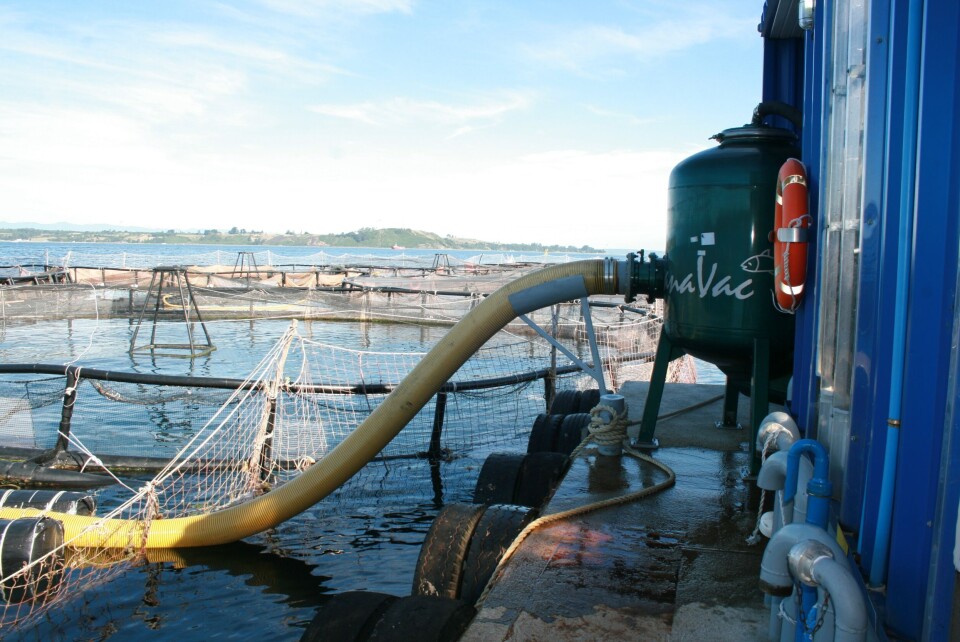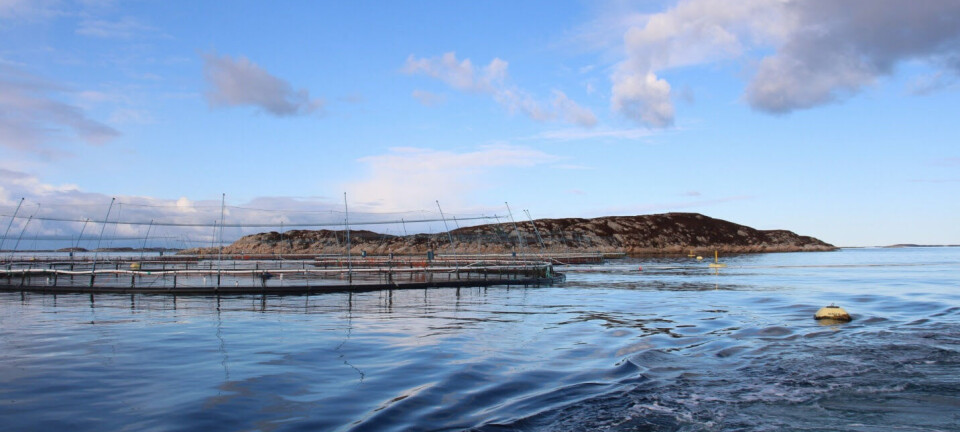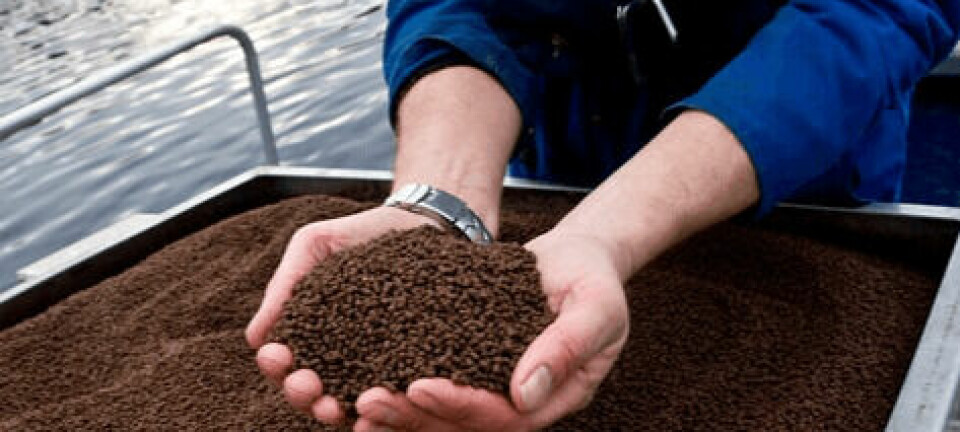
Stocking density decrease concerns
New regulations which will reduce maximum stocking densities from 11 to 8 kg/m3 in five Chilean neighbourhoods could have a drastic impact on the country's production levels.
The implementation of some parts of the new sanitary regulations could lead to a marked production reduction.
Five neighbourhoods, where 17 companies operate, will be obliged to declare stocking plans that comply with the stricter regulations by March 2017. Two of them have already provided these to the Undersecretariat of Fisheries (Subpesca).
According to the Diario Financiero, the first phase in the implementation of these new regulations reduces the maximum stocking density from 11 kg to 8 kg per m3.
However, other measures that would allow the industry to qualify for higher production levels, such as adjustments in the distribution of stocks per macrozone and compliance with sanitary standards, are still being considered by the authority and have not yet been submitted to the National Aquaculture Council - something that is likely to happen in August, then take effect next March.
The president of the Association of the Chilean Salmon Industry (Salmonchile), Felipe Sandoval, considers this is a good start, although the implementation of these regulations is not yet ensured. “We are confident that the deadlines established will be met, because in the meantime unexpected things might always happen. If we were limited to what has been done so far it will lead to much smaller volumes, unless we adopt very low densities and very high production costs,” he said.























































